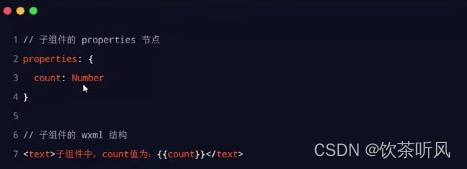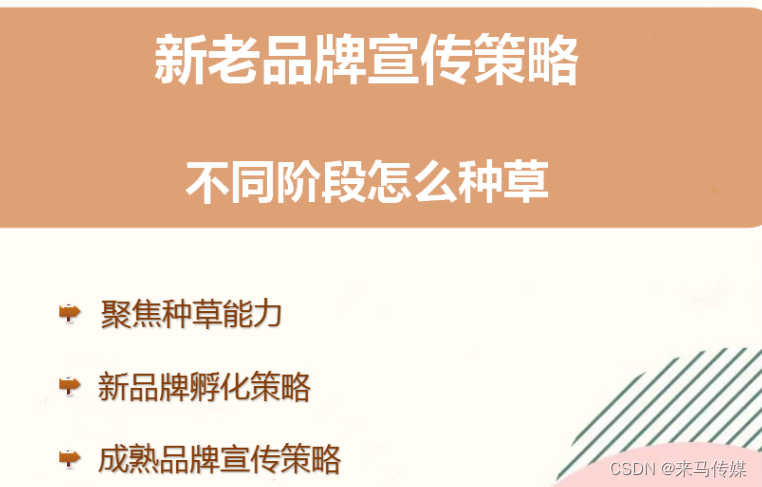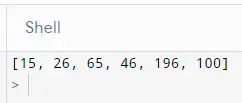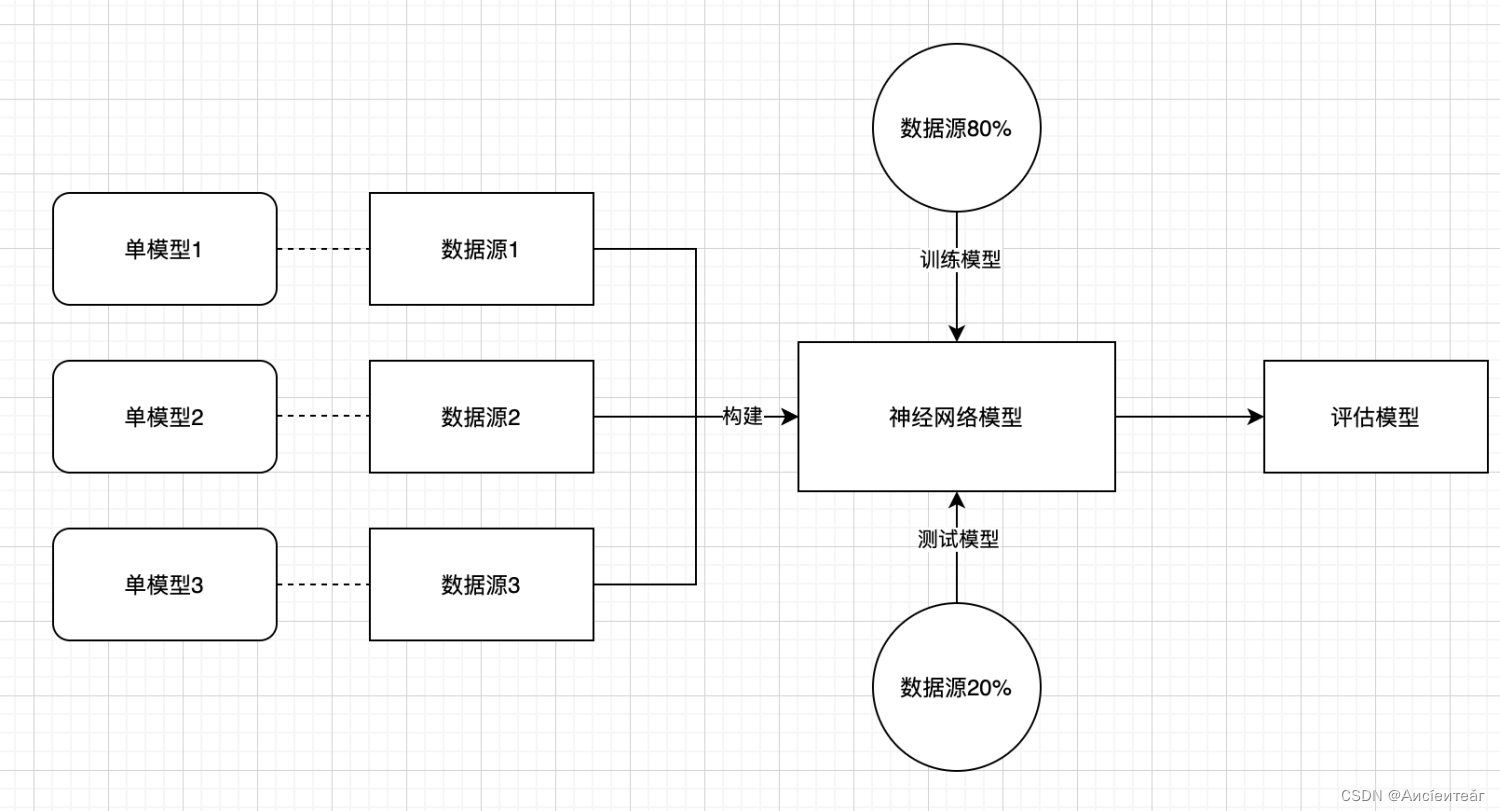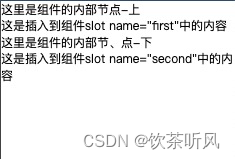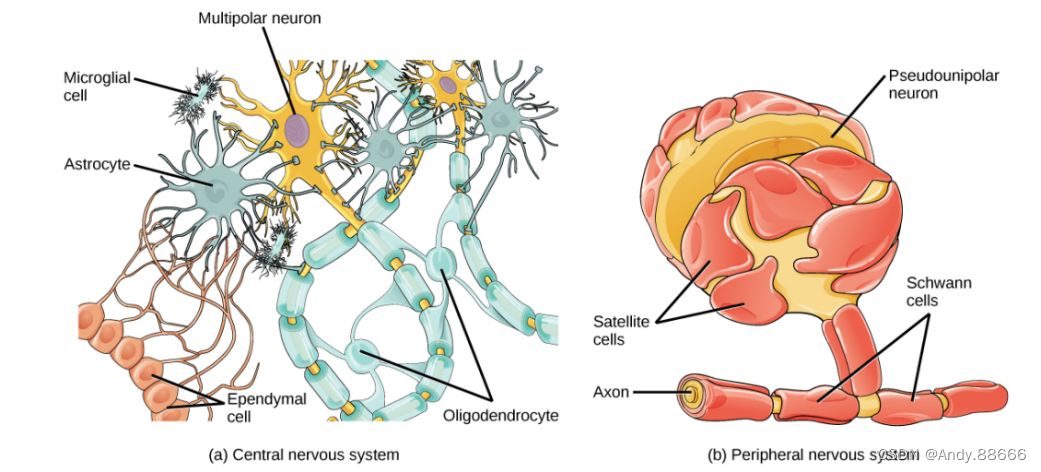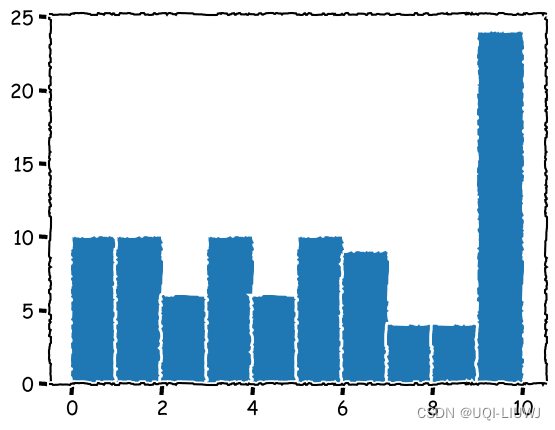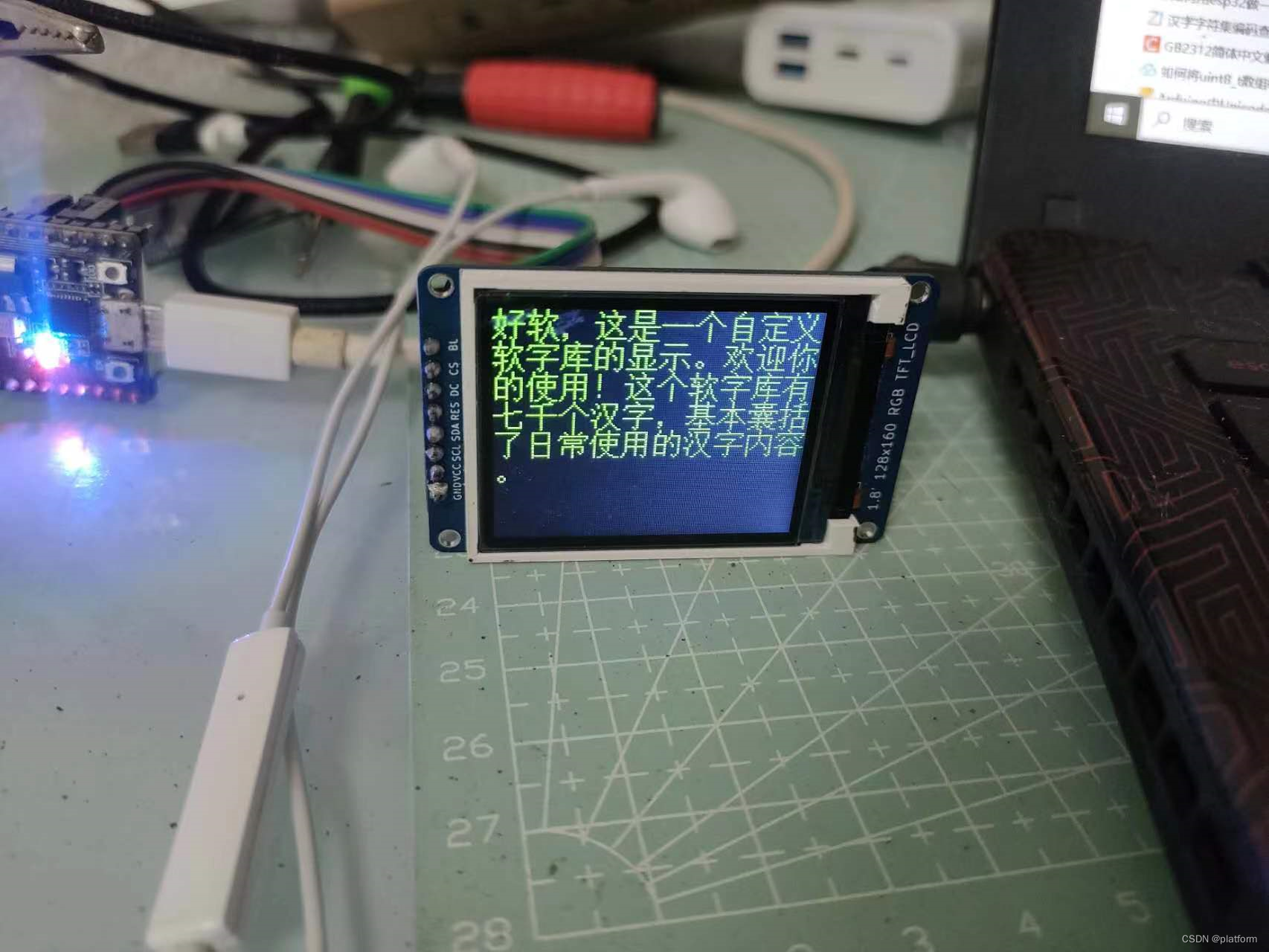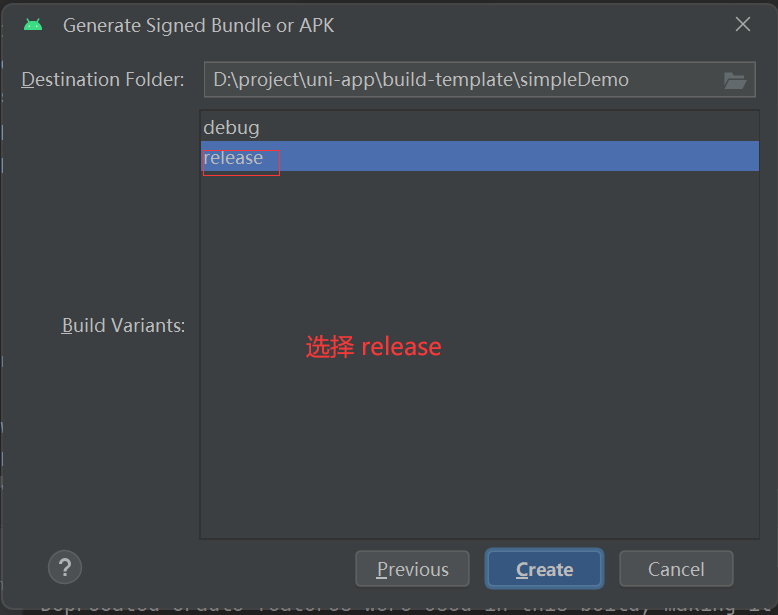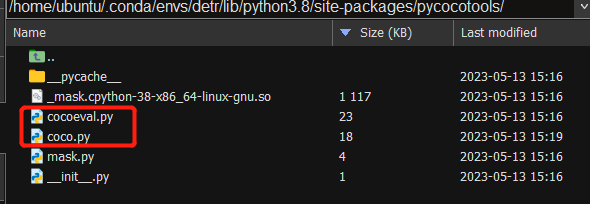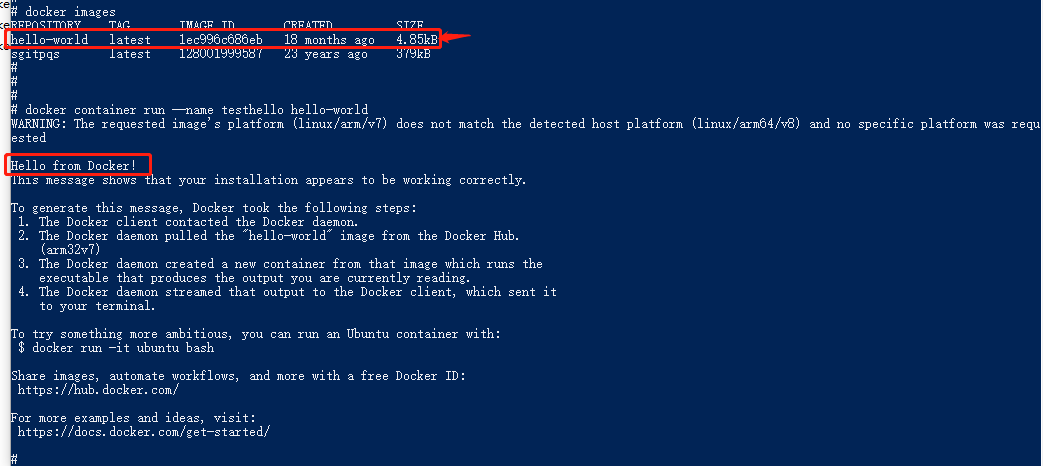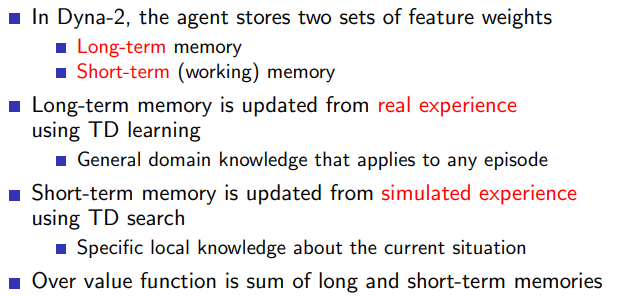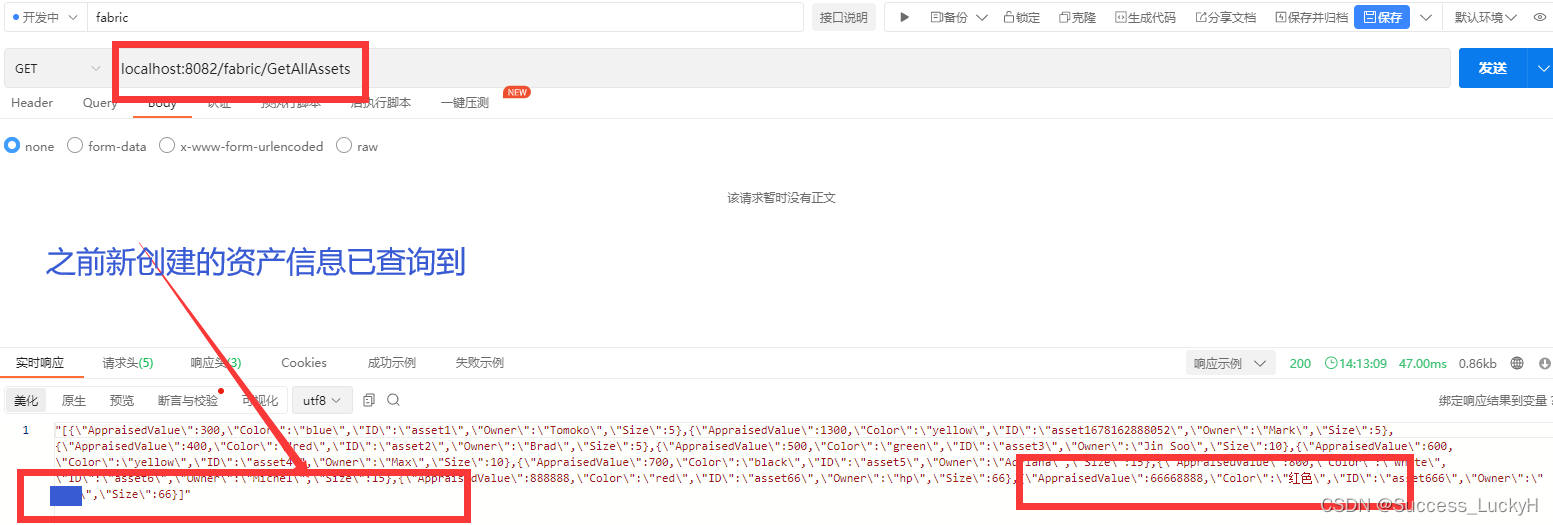目录
- 一、list的介绍及其使用
- 1、list的介绍
- 2、list的使用
- 2.1 list的构造
- 2.2 list iterator的使用
- 3、list的元素访问接口
- 4、list的调节器
- 6、list的迭代器失效
- 二、list的模拟实现及反向迭代器
- 1、模拟实现list
- 2、list的反向迭代器
- 三、list和vector的比较
一、list的介绍及其使用
1、list的介绍

- list是可以在常数范围内在任意位置进行插入和删除的序列容器,并且该容器可以前后双向迭代。
- list的底层是双向链表结构,双向链表中每个元素存储在互不相关的独立节点中,在节点中通过指针指向其前一个元素和后一个元素。
- list与forward_list很相似,但是forward_list是单链表,只是向前迭代。
- 与其他序列容器相比,list和forward_list最大的缺陷是不支持任意位置的随机访问,比如:要访问list的第6个元素,就必须从已知的位置迭代到当前位置,list还需要一些额外的空间,一保持每个节点的相关信息。

2、list的使用
2.1 list的构造
| 构造函数 | 说明 |
|---|---|
| list (size_type n, const value_type& val = value_type()) | 构造的list中包含n个值为val的元素 |
| list () | 构造空的list |
| list (const list& x) | 拷贝构造函数 |
| list (Inputlterator first, Inputlterator last) | 用[first, last)区间中的元素构造list |
代码演示:
void TestList1()
{
list<int> l1; // 构造空的l1
list<int> l2(4, 100); // l2中放4个值为100的元素
list<int> l3(l2.begin(), l2.end()); // 用l2的[begin(), end())左闭右开的区间构造l3
list<int> l4(l3); // 用l3拷贝构造l4
// 以数组为迭代器区间构造l5
int array[] = { 16,2,77,29 };
list<int> l5(array, array + sizeof(array) / sizeof(int));
// 列表格式初始化,C++11
list<int> l6{ 1,2,3,4,5 };
// 用迭代器方式打印l5中的元素
list<int>::iterator it = l5.begin();
while (it != l5.end())
{
cout << *it << " "; //结果:16 2 77 29
++it;
}
cout << endl;
// C++11范围for的方式遍历
for (auto& e : l5)
cout << e << " "; //结果:16 2 77 29
cout << endl;
}
2.2 list iterator的使用
此处,可将迭代器理解成一个指针,该指针指向list中的某个节点。
| 函数声明 | 说明 |
|---|---|
| begin() + end() | 返回第一个元素的迭代器 + 返回最后一个元素下一个位置的迭代器 |
| rbegin() + end() | 返回第一个元素的reverse_iterator,即end位置 + 返回最后一个元素下一个位置的 |
| reverse_iterator,即begin位置 |

注意:
- begin与end为正向迭代器,对迭代器执行++操作,迭代器向后移动
- rbegin与rend为反向迭代器,对迭代器执行++操作,迭代器向前移动
代码演示:
// 注意:遍历链表只能用迭代器和范围for
void PrintList(const list<int>& l)
{
// 注意这里调用的是list的 begin() const,返回list的const_iterator对象
for (list<int>::const_iterator it = l.begin(); it != l.end(); ++it)
{
cout << *it << " ";
// *it = 10; 编译不通过
}
cout << endl;
}
void TestList2()
{
int array[] = { 1, 2, 3, 4, 5, 6, 7, 8, 9, 0 };
list<int> l(array, array + sizeof(array) / sizeof(array[0]));
// 使用正向迭代器正向list中的元素
// list<int>::iterator it = l.begin(); // C++98中语法
auto it = l.begin(); // C++11之后推荐写法
while (it != l.end())
{
cout << *it << " "; //结果:1 2 3 4 5 6 7 8 9 0
++it;
}
cout << endl;
// 使用反向迭代器逆向打印list中的元素
// list<int>::reverse_iterator rit = l.rbegin();
auto rit = l.rbegin();
while (rit != l.rend())
{
cout << *rit << " "; //结果:0 9 8 7 6 5 4 3 2 1
++rit;
}
cout << endl;
}
注意:遍历链表只能用迭代器和范围for
3、list的元素访问接口
| 函数声明 | 说明 |
|---|---|
| empty | 检测list是否为空,是则返回true,否则返回false |
| size | 返回list中有效节点的个数 |
| front | 返回list的第一个节点中值的引用 |
| back | 返回list的最后一个节点中值的引用 |
4、list的调节器
| 函数声明 | 接口说名 |
|---|---|
| push_front | 在list首元素前插入值为val的元素 |
| pop_front | 删除list中第一个元素 |
| push_back | 在list尾部插入值为val的元素 |
| pop_back | 删除list中最后一个元素 |
| insert | 在list position 位置中插入值为val的元素 |
| erase | 删除list position位置的元素 |
| swap | 交换两个list中的元素 |
| clear | 清空list中的有效元素 |
插入与删除代码演示:
void TestList3()
{
int array[] = { 1, 2, 3 };
list<int> L(array, array + sizeof(array) / sizeof(array[0]));
// 在list的尾部插入4,头部插入0
L.push_back(4);
L.push_front(0);
PrintList(L);
// 删除list尾部节点和头部节点
L.pop_back();
L.pop_front();
PrintList(L); //结果:0 1 2 3 4
// 1 2 3
}
insert / erase代码演示:
void TestList4()
{
int array1[] = { 1, 2, 3 };
list<int> L(array1, array1 + sizeof(array1) / sizeof(array1[0]));
// 获取链表中第二个节点
auto pos = ++L.begin();
cout << *pos << endl; //结果:2
// 在pos前插入值为4的元素
L.insert(pos, 4);
PrintList(L); //结果:1 4 2 3
// 在pos前插入5个值为5的元素
L.insert(pos, 5, 5);
PrintList(L); //结果:1 4 5 5 5 5 5 2 3
// 在pos前插入[v.begin(), v.end)区间中的元素
vector<int> v{ 7, 8, 9 };
L.insert(pos, v.begin(), v.end());
PrintList(L); //结果:1 4 5 5 5 5 5 7 8 9 2 3
// 删除pos位置上的元素
L.erase(pos);
PrintList(L); //结果:1 4 5 5 5 5 5 7 8 9 3
// 删除list中[begin, end)区间中的元素,即删除list中的所有元素
L.erase(L.begin(), L.end());
PrintList(L);
}
swap / clear代码演示:
void TestList5()
{
// 用数组来构造list
int array1[] = { 1, 2, 3 };
list<int> l1(array1, array1 + sizeof(array1) / sizeof(array1[0]));
PrintList(l1); //结果:1 2 3
// 交换l1和l2中的元素
list<int> l2;
l1.swap(l2);
PrintList(l1);
PrintList(l2); //结果:1 2 3
// 将l2中的元素清空
l2.clear(); //结果:0
cout << l2.size() << endl;
}
6、list的迭代器失效
迭代器失效即迭代器所指向的节点的无效,即该节点被删了。因为list的底层结果为带头节点的双向循环链表,因此在list中进行插入时是不会导致list的迭代器失效的,只有在删除时才会失效,并且失效的只是指向被删除节点的迭代器,其他迭代器不会受到影响。
实例:
void TestListIterator1()
{
int array[] = { 1, 2, 3, 4, 5, 6, 7, 8, 9, 0 };
list<int> l(array, array + sizeof(array) / sizeof(array[0]));
auto it = l.begin();
while (it != l.end())
{
// erase()函数执行后,it所指向的节点已被删除,
//因此it无效,在下一次使用it时,必须先给其赋值
l.erase(it);
++it;
}
}
// 改正
void TestListIterator()
{
int array[] = { 1, 2, 3, 4, 5, 6, 7, 8, 9, 0 };
list<int> l(array, array + sizeof(array) / sizeof(array[0]));
auto it = l.begin();
while (it != l.end())
{
l.erase(it++); // it = l.erase(it);
}
}
二、list的模拟实现及反向迭代器
1、模拟实现list
using namespace std;
namespace hxj
{
// List的节点类
template<class T>
struct ListNode
{
ListNode(const T& val = T())
: _prev(nullptr)
, _next(nullptr)
, _val(val)
{}
ListNode<T>* _prev;
ListNode<T>* _next;
T _val;
};
/*
List 的迭代器
迭代器有两种实现方式,具体应根据容器底层数据结构实现:
1. 原生态指针,比如:vector
2. 将原生态指针进行封装,因迭代器使用形式与指针完全相同,因此在自定义的类中必须实现以下方法:
1. 指针可以解引用,迭代器的类中必须重载operator*()
2. 指针可以通过->访问其所指空间成员,迭代器类中必须重载oprator->()
3. 指针可以++向后移动,迭代器类中必须重载operator++()与operator++(int)
至于operator--()/operator--(int)释放需要重载,根据具体的结构来抉择,双向链表可以向前 移动,所以需要重载,如果是forward_list就不需要重载--
4. 迭代器需要进行是否相等的比较,因此还需要重载operator==()与operator!=()
*/
template<class T, class Ref, class Ptr>
struct ListIterator
{
typedef ListNode<T> Node;
typedef ListIterator<T, Ref, Ptr> Self;
Node* _node;
// 构造
ListIterator(Node* node = nullptr)
: _node(node)
{}
// 具有指针类似行为
Ref operator*()
{
return _node->_val;
}
Ptr operator->()
{
return &(operator*());
}
// 迭代器支持移动
Self& operator++()
{
_node = _node->_next;
return *this;
}
Self operator++(int)
{
Self temp(*this);
_node = _node->_next;
return temp;
}
Self& operator--()
{
_node = _node->_prev;
return *this;
}
Self operator--(int)
{
Self temp(*this);
_node = _node->_prev;
return temp;
}
// 迭代器支持比较
bool operator!=(const Self& l)const
{
return _node != l._node;
}
bool operator==(const Self& l)const
{
return _node != l._node;
}
};
template<class T>
class list
{
typedef ListNode<T> Node;
public:
typedef ListIterator<T, T&, T*> iterator;
typedef ListIterator<T, const T&, const T&> const_iterator;
// List的构造
list()
{
CreateHead();
}
list(int n, const T& value = T())
{
CreateHead();
for (int i = 0; i < n; ++i)
push_back(value);
}
template <class Iterator>
list(Iterator first, Iterator last)
{
CreateHead();
while (first != last)
{
push_back(*first);
++first;
}
}
list(const list<T>& l)
{
CreateHead();
// 用l中的元素构造临时的temp,然后与当前对象交换
list<T> temp(l.begin(), l.end());
this->swap(temp);
}
list<T>& operator=(list<T> l)
{
this->swap(l);
return *this;
}
~list()
{
clear();
delete _head;
_head = nullptr;
}
// List的迭代器
iterator begin()
{
return iterator(_head->_next);
}
iterator end()
{
return iterator(_head);
}
const_iterator begin()const
{
return const_iterator(_head->_next);
}
const_iterator end()const
{
return const_iterator(_head);
}
// List的容量相关
size_t size()const
{
Node* cur = _head->_next;
size_t count = 0;
while (cur != _head)
{
count++;
cur = cur->_next;
}
return count;
}
bool empty()const
{
return _head->_next == _head;
}
void resize(size_t newsize, const T& data = T())
{
size_t oldsize = size();
if (newsize <= oldsize)
{
// 有效元素个数减少到newsize
while (newsize < oldsize)
{
pop_back();
oldsize--;
}
}
else
{
while (oldsize < newsize)
{
push_back(data);
oldsize++;
}
}
}
// List的元素访问操作
// 注意:List不支持operator[]
T& front()
{
return _head->_next->_val;
}
const T& front()const
{
return _head->_next->_val;
}
T& back()
{
return _head->_prev->_val;
}
const T& back()const
{
return _head->_prev->_val;
}
// List的插入和删除
void push_back(const T& val)
{
insert(end(), val);
}
void pop_back()
{
erase(--end());
}
void push_front(const T& val)
{
insert(begin(), val);
}
void pop_front()
{
erase(begin());
}
// 在pos位置前插入值为val的节点
iterator insert(iterator pos, const T& val)
{
Node* pNewNode = new Node(val);
Node* pCur = pos._node;
// 先将新节点插入
pNewNode->_prev = pCur->_prev;
pNewNode->_next = pCur;
pNewNode->_prev->_next = pNewNode;
pCur->_prev = pNewNode;
return iterator(pNewNode);
}
// 删除pos位置的节点,返回该节点的下一个位置
iterator erase(iterator pos)
{
// 找到待删除的节点
Node* pDel = pos._node;
Node* pRet = pDel->_next;
// 将该节点从链表中拆下来并删除
pDel->_prev->_next = pDel->_next;
pDel->_next->_prev = pDel->_prev;
delete pDel;
return iterator(pRet);
}
void clear()
{
Node* cur = _head->_next;
// 采用头删除删除
while (cur != _head)
{
_head->_next = cur->_next;
delete cur;
cur = _head->_next;
}
_head->_next = _head->_prev = _head;
}
void swap(hxj::list<T>& l)
{
std::swap(_head, l._head);
}
private:
void CreateHead()
{
_head = new Node;
_head->_prev = _head;
_head->_next = _head;
}
private:
Node* _head;
};
}
// 对模拟实现的list进行测试
// 正向打印链表
template<class T>
void PrintList(const hxj::list<T>& l)
{
auto it = l.begin();
while (it != l.end())
{
cout << *it << " ";
++it;
}
cout << endl;
}
// 测试List的构造
void TestBiteList1()
{
hxj::list<int> l1;
hxj::list<int> l2(10, 5);
PrintList(l2);
int array[] = { 1, 2, 3, 4, 5, 6, 7, 8, 9, 0 };
hxj::list<int> l3(array, array + sizeof(array) / sizeof(array[0]));
PrintList(l3);
hxj::list<int> l4(l3);
PrintList(l4);
l1 = l4;
PrintList(l1);
}
// PushBack()/PopBack()/PushFront()/PopFront()
void TestBiteList2()
{
// 测试PushBack与PopBack
hxj::list<int> l;
l.push_back(1);
l.push_back(2);
l.push_back(3);
PrintList(l);
l.pop_back();
l.pop_back();
PrintList(l);
l.pop_back();
cout << l.size() << endl;
// 测试PushFront与PopFront
l.push_front(1);
l.push_front(2);
l.push_front(3);
PrintList(l);
l.pop_front();
l.pop_front();
PrintList(l);
l.pop_front();
cout << l.size() << endl;
}
// 测试insert和erase
void TestBiteList3()
{
int array[] = { 1, 2, 3, 4, 5 };
hxj::list<int> l(array, array + sizeof(array) / sizeof(array[0]));
auto pos = l.begin();
l.insert(l.begin(), 0);
PrintList(l);
++pos;
l.insert(pos, 2);
PrintList(l);
l.erase(l.begin());
l.erase(pos);
PrintList(l);
// pos指向的节点已经被删除,pos迭代器失效
cout << *pos << endl;
auto it = l.begin();
while (it != l.end())
{
it = l.erase(it);
}
cout << l.size() << endl;
}
2、list的反向迭代器
反向迭代器的++就是正向迭代器的- -,反向迭代器的- -就是正向迭代器的++,因此反向迭代器的实现可以借助正向迭代器,即:反向迭代器内部可以包含一个正向迭代器,对正向迭代器的接口进行包装即可。
代码演示:
template<class Iterator, class Ref, class Ptr>
struct ReverseIterator
{
typedef ReverseIterator<Iterator, Ref, Ptr> Self;
Iterator _cur;
ReverseIterator(Iterator it)
:_cur(it)
{}
Ref operator*()
{
Iterator tmp = _cur;
--tmp;
return *tmp;
}
Self& operator++()
{
--_cur;
return *this;
}
Self operator++(int) {
Self temp(*this);
--_it;
return temp;
}
Self& operator--()
{
++_cur;
return *this;
}
Self operator--(int)
{
Self temp(*this);
++_it;
return temp;
}
bool operator!=(const Self& l) const
{
return _cur != s._cur;
}
bool operator==(const Self& l) const
{
return _it != l._it;
}
};
三、list和vector的比较
list和vector都是STL中常见的序列式容器,两个容器的底层结构不同,使其特性与运用场景也不相同:
| vector | list | |
|---|---|---|
| 底层结构 | 动态顺序表,一段连续空间 | 带头结点的双向循环链表 |
| 随机访问 | 支持随机访问,访问某个元素效率O(1) | 不支持随机访问,访问某个元素效率O(N) |
| 插入和删除 | 任意位置插入和删除效率低,需要搬移元素,时间复杂度为O(N),插入时有可能需要增容,增容:开辟新空间,拷贝元素,释放旧空间,导致效率更低 | 任意位置插入和删除效率高,不需要搬移元素,时间复杂度为O(1) |
| 空间利用率 | 底层为连续空间,不容易造成内存碎片,空间利用率高,缓存利用率高 | 底层节点动态开辟,小节点容易造成内存碎片,空间利用率低,缓存利用率低 |
| 迭代器 | 原生态指针 | 对原生态指针(节点指针)进行封装 |
| 迭代器失效 | 在插入元素时,要给所有的迭代器重新赋值,因为插入元素有可能会导致重新扩容,致使原来迭代器失效,删除时,当前迭代器需要重新赋值否则会失效 | 插入元素不会导致迭代器失效,删除元素时,只会导致当前迭代器失效,其他迭代器不受影响 |
| 使用场景 | 需要高效存储,支持随机访问,不关心插入删除效率 | 大量插入和删除操作,不关心随机访问 |


